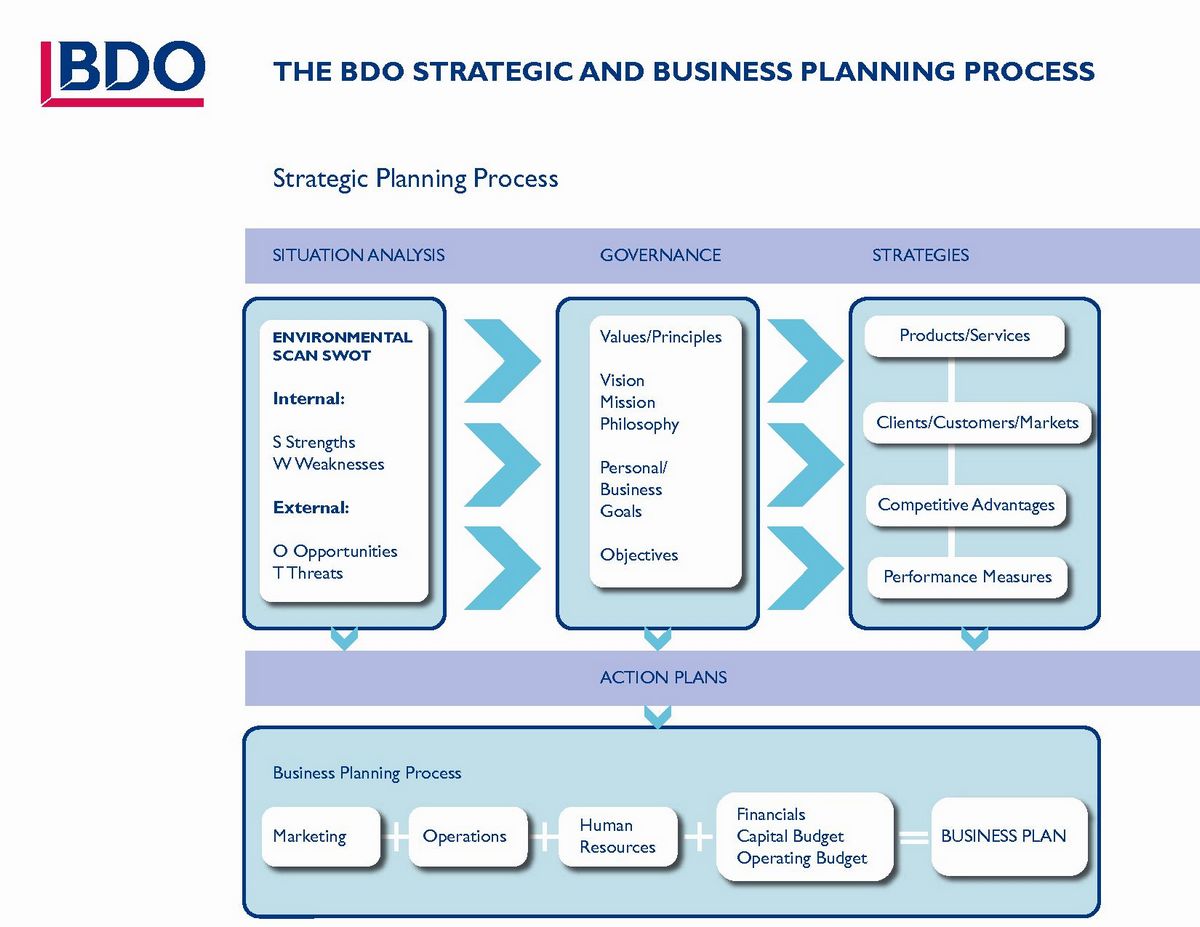
Contents
- 1 Planning Business Expansion Using Your Business Plan
Planning Business Expansion Using Your Business Plan
Businesses start when founders see a need for a product or service. They expand to tap new markets and increase sales.
A good business plan is critical to starting a successful business. It is also essential for planning business expansions. Using a business plan template to develop an expansion plan increases the odds of success and helps avoid bad investments.
A business plan can be used to enter a new market, launch a product, or evaluate adding an employee.
Throughout my 25-year career, I’ve written business plans and developed expansion plans. Here are some best practices:
Using your business plan as a checklist
A business plan’s table of contents lists all the aspects to consider when expanding your business. It starts with a high-level strategy and continues to market analysis, sales plans, operations planning, and financial modeling.
When planning for new investments, you don’t need to create a new mission or vision statement. Your plan shows how the new investment supports your existing values, mission, and vision. Develop a lean plan for your expansion like you would for a new business.
Outline the strategy for your expansion and develop the steps for executing that strategy. The essential sections for your expansion are:
- Executive summary: This short summary informs your employees, lenders, and investors about the nature and benefits of the expansion.
- Operations, marketing, and personnel plans: Outline the details of operational costs, marketing budget, and additional positions needed for the expansion to succeed.
- Financial projections: Forecast how the expansion will improve future profitability and estimate the capital needed.
Ensuring profitability
When emotionally committed to an idea, business owners and managers make optimistic assumptions about its success. They readily accept anecdotal evidence without considering conflicting facts.
Expanding to new regions and rolling out new product lines are complicated endeavors. Planning for these initiatives provides critical analysis of the plan’s feasibility and serves as the implementation roadmap.
Testing if the expansion makes financial sense
To prevent executing a poorly thought out plan:
1. Prepare a thorough plan to submit for funding. Lenders and equity investors will tell you if they think it’s well thought out.
2. Appoint a “devil’s advocate” to identify weaknesses or unanswered questions in the plan.
Planning for a new employee in a new market
Analyzing a new region or a new employee is similar to starting a new business. Use the same business plan components to research the market, identify suitable candidates, and calculate financial feasibility.
By walking through a business plan outline, you can identify successful options and avoid mistakes.
Planning for new regions
The first investor you need to convince with a business plan is yourself. Determine whether investing in new locations is the best use of your company’s resources. Compare the return on the new location to your other options.
Business plans for new locations answer the question, “Is this the best investment of my company’s resources?”
Mission, vision, and values
Before starting new initiatives, ensure they align with your mission, vision, and values. Analyze the time and financial commitment needed and how to invest scarce resources better.
Avoiding losses through planning
Financial analysis and operations planning reveal weaknesses in a plan. Saying no to a project after careful planning is a success, not a failure. Avoiding mistakes prevents wasting time and money.
Integrating the project plan into your business plan
Integrate the expansion plan into your master business plan. Consider the allocation of resources, the impact on your budget, and prioritize projects.
Phase in your plan slowly to manage cash flow and maintain profitability.
Remember your stakeholders’ interests
Prioritize your marketing efforts and consider the interests of your current audience. Ensure that your expansion does not overwhelm or deter your customers.
From concept to execution
Planning requires difficult conversations and compromises. Use the business planning process to evaluate opportunities and identify the best path forward. Revisit and update your plan before integrating expansions into existing operations.
Revisit and update your plan before integrating expansions into existing operations. Use the planning process to evaluate opportunities and identify the best path forward. Quickly execute a comprehensive and well-coordinated expansion plan.
Hello!
I’m Andrew Brooks, a seasoned finance consultant from the USA and the mind behind phonenumber247.com.
My career is built on a foundation of helping individuals and businesses thrive financially in an ever-changing economic landscape. At phonenumber247.com, my aim is to demystify the complex world of finance, providing clear, actionable advice that can help you navigate your financial journey with confidence. Whether it’s personal finance management, investment strategies, or understanding the nuances of market dynamics, I’m here to share insights and tools that can propel you towards your financial goals.
Welcome to my digital space, where every piece of advice is a step closer to financial clarity and success!
